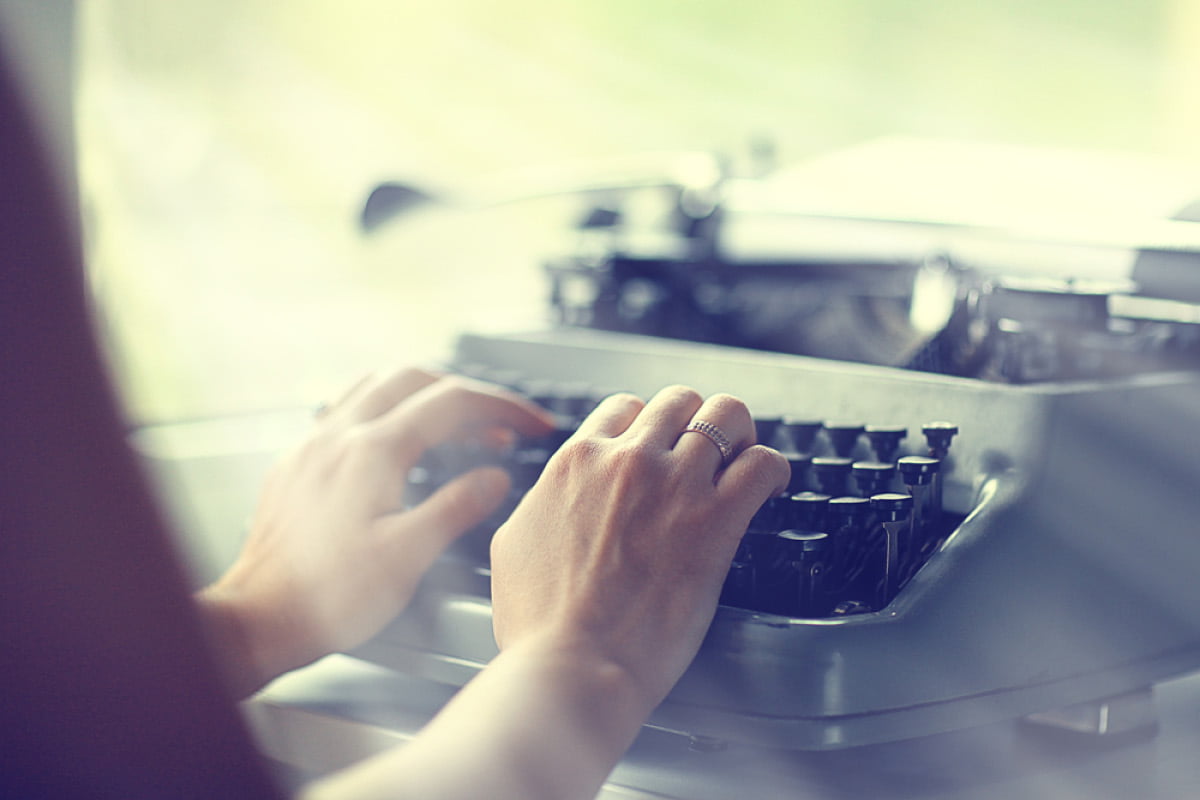There at the moment are greater mobile gadgets than people on earth. You’d best need to look around on trains, on the road, or in cafes to see how increasingly misplaced we are in display time. We don’t just maintain our telephones, but we cradle them.

It has been ten years for the reason the iPhone’s release to the general public. And so now appears a perfect time to reconsider our love of generation.
I’m fascinated by our dating with cell phones, both past and gift. Nokia has recently launched a new edition of the classic Nokia 3310. Originally released in 2000, it became the corporation’s most successful phone, selling over 126 million units. This generation nostalgia speaks of simpler instances, whilst a phone becomes a smartphone, no longer a laptop, whilst we weren’t tethered to our workplace. A time when we met the gaze of others instead of the ever-consistent glow of our interactive displays.
Our phones’ music, hints, and archives our lives nearly seamlessly. We’re leaving increasingly complex trails of messages, updates, and other bits of our life tales online. We have got admission to a seemingly limitless archive of our emotional pasts. On the phone, Lier than lunchtime enables her to proportion those dialogues with the arena’s relaxation. And so I determined to apply my iPhone as a device to explore the present in addition to the beyond. I shot all the contemporary sequences on my iPhone 6, filming in the London places I sent, or obtained the unique text thread. Stories and relationships at the start mediated through cellular telephones have been brought to life using state-of-the-art smartphone manufacturing techniques.
The big question from a hundred and sixty characters. © Victoria Mapplebeck
The digital lines we leave at the back of us create a wealth of data about our lives, an ever-evolving archive that creates a map of where we’ve been and where we’re going. Over the final decade, many administrators and artists have tried to seize the emotional subtext of cell phone dialogues, to convert the vernacular of virtual dialogues and interactive monitors into incredible drama when writing a screenplay, once hidden textual content messages can reveal the secret lives of the significant characters.
This has ended in an evolving style of movies, TV, and artworks that mirror our ever-changing relationship to an era. The BBC series Sherlock and Charlie Brooker’s Black Mirror are just two apparent examples of how cinema and TV have been prompted using the aesthetics and affordances of cell media. The other night I loved two such dramas again: BBC drama-documentary Theresa vs. Boris: How May I have become PM and Channel 4’s Ackley Bridge. Each featured text dialogue between the vital characters.
Some exciting and experimental shorts have advanced from this style, together with Patrick Cederberg and Walter Woodman’s Noah or Trim Lama’s Cracked Screen: A Snapchat StoryThere at the moment are greater mobile gadgets than people on earth. You’d best need to look around on trains, on the road, or in cafes to see how increasingly misplaced we are in display time. We don’t just maintain our telephones; we cradle them.
It has been ten years for the reason the iPhone’s release to the general public. And so now appears a perfect time to reconsider our love of generation.
I’m fascinated by our dating with cell phones, both past and gift. Nokia has recently launched a new edition of the classic Nokia 3310. Originally released in 2000, it became the corporation’s most successful product, and promo places where I sent or obtained the unique text thread. Stories and relationships at the start mediated through cellular telephones have been brought to life using state-of-the-art smartphone manufacturing techniques.
It has been ten years for the reason the iPhone’s release to the general public. And so now appears a perfect time to reconsider our love of generation.
I’m fascinated by our dating with cell phones, both past and gift. Nokia has recently launched a new edition of












